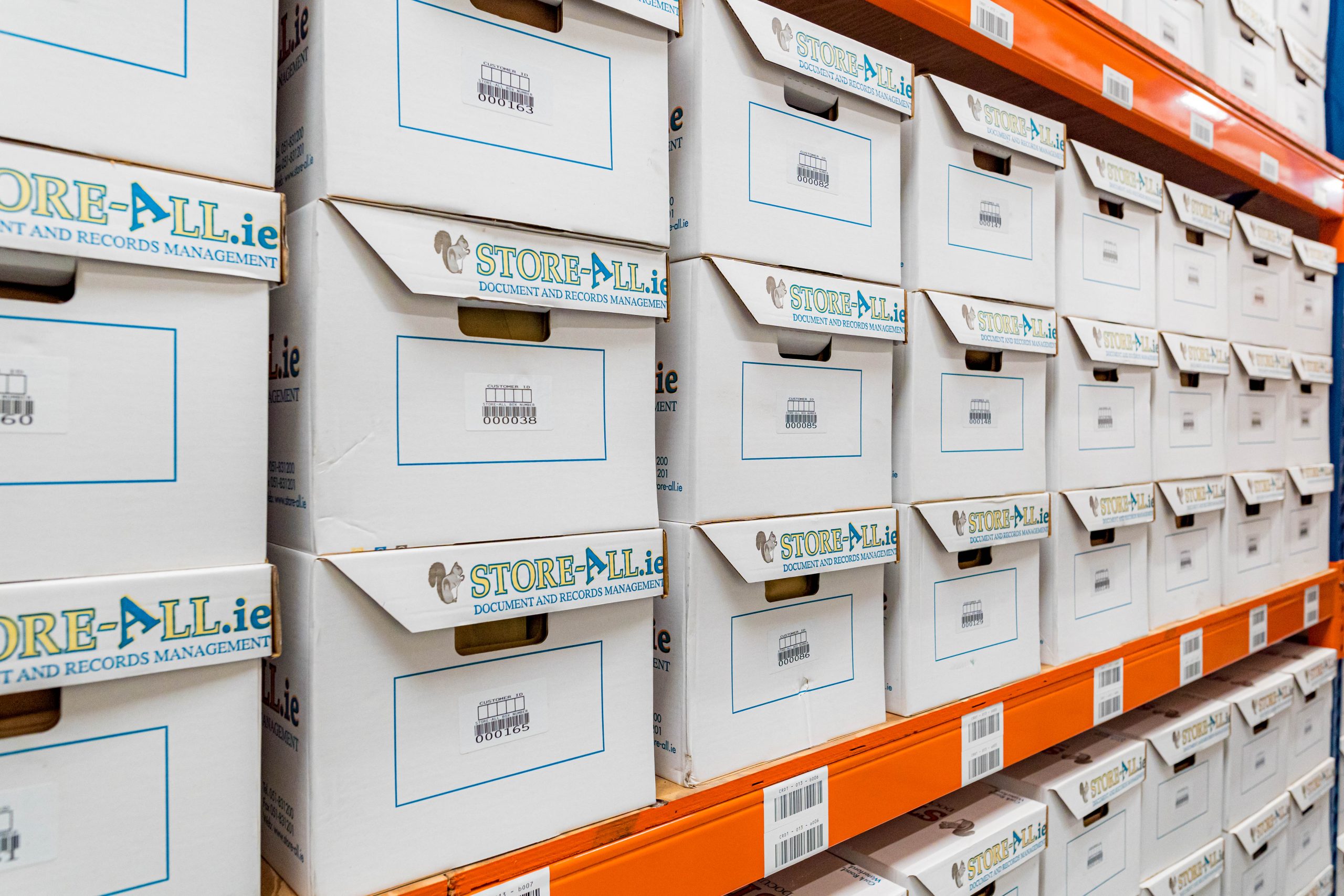Keeping long term records on site is still necessary for many businesses, even in a digital era. Compliance, quick access, and project continuity often require original paperwork to stay close to where work happens.
The challenge is doing that without spending a fortune on new rooms, premium cabinets, or off site facilities. With a few low cost choices and a bit of structure, you can build an archive area that is tidy, durable, and easy to manage.
Plan your archive needs before buying anything

Low cost storage starts with clarity, not boxes. First, sort records into groups such as legal, finance, HR, operations, and completed projects.
Then set a retention rule for each group, so you know what must be kept permanently and what can be removed after a fixed period. This prevents paying to store paper that no longer has value.
Estimate volume for the next three to five years, not just today. A simple count of current boxes plus a realistic growth rate helps you avoid running out of space in one season.
Create a consistent labeling style using year, category, and a running number. A rule like 2025 Finance Box 04 makes retrieval fast and reduces misfiles.
Once you have the structure, choose affordable containers that fit your environment. For bulk filing, archive storage (click here) is worth considering because stackable boxes protect paper from dust and light while keeping the system uniform.
Finally, build a basic index, even if it is just a spreadsheet. Record each box code, description, and shelf location so anyone can find files without guessing.
Use inexpensive furniture and smart space tricks

You do not need specialty archive rooms to store paper well. Start with metal shelving instead of wood, since it is cheaper long term, does not warp, and is less attractive to pests.
Buy shelves that let you adjust height, so you can fit boxes tightly without wasting air space. If budget is tight, secondhand warehouse racks often cost a fraction of office furniture and work perfectly for archives.
Keep boxes off the floor on the lowest shelf. This protects records from minor flooding, cleaning water, and dust buildup.
Use vertical space with higher shelves, but make sure the heaviest boxes stay at waist height. Lighter items can go above to avoid injuries during retrieval.
If you have a narrow room, place shelves on both side walls and keep a clear walking lane in the middle. This turns a small area into a high capacity archive without remodeling.
For active records, reuse existing filing cabinets and reserve boxes only for closed files. Mixing cabinets for daily use and shelves for long term storage keeps costs down and access smooth.
Protect records cheaply with basic environmental control

Paper survives best in stable, dry conditions. Avoid storing archives near boilers, kitchen walls, or windows with direct sun.
Basements can work if they stay dry, but add a cheap dehumidifier or moisture absorber if you notice damp air. Even small humidity control prevents mold that can destroy records quickly.
Use sealed lids and clean shelves regularly to reduce dust. Dust attracts pests and increases paper decay, so a simple monthly wipe down goes a long way.
Keep food and drink out of the archive. This limits insects and rodents, which are the biggest threat to low cost storage setups.
Store sensitive documents in inner folders or sleeves inside the box. Even standard file folders create a second layer against friction and minor spills.
Schedule a yearly archive review to remove expired files. When disposal is routine, storage stays lean and you avoid expensive expansion later.
Conclusion
Low cost on site archives are built through planning, simple furniture, and basic protection rather than expensive upgrades. When you label consistently, stack smartly, and control moisture, records stay safe and easy to find for years.
With small habits and affordable materials, your archive area can stay compliant, organized, and budget friendly without sacrificing reliability.

